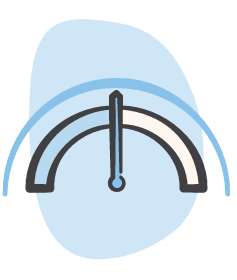













A versatile dressing with a gentle silicone adhesive, shown to provide a moist wound environment conducive to healing across a range of wound types1-7

To help provide versatility in daily practice, foam dressings need to:
ALLEVYN GENTLE BORDER Dressings may help you treat wounds effectively and efficiently. They have been shown to help minimise dressing changes to twice per week, with an average wear time of 3.6 days.2,4

*Up to 5 days' wear time in the sacrum area.
**Cutting will compromise the bacterial barrier properties of the dressing. Always use an aseptic technique. Ensure any exposed foam areas are covered with an appropriate film dressing taking care not to cover the entire dressing.